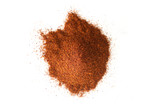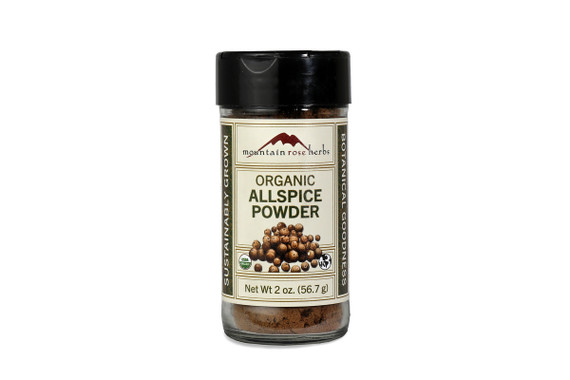Paprika is native to South America and was naturalized in Hungary and Spain. Made from the dried red fruits of sweeter Capsicum annuum varieties, paprika gets its color from its carotenoid content. Our paprika is on the sweet side, but you can find spicier powders on the market. Paprika powder is often used as a garnish or coloring agent, and it is most commonly found in Hungarian culinary recipes.
Most commonly known as a culinary herb, paprika shares the medicinal qualities of most varieties of red pepper, the capsicums. Paprika is a native of South America that was naturalized to Hungary and Spain. Hungarian paprika is the spicier of the two and is what most people think of when they think paprika. Paprika is often used as a garnish in egg and potato dishes, and to add color. Its spiciness varies depending on the proportion of seed, rind and fruit in the ground powder and other varieties have been developed including smoked or roasted Paprika which adds a nicely rounded and mildly smoked flavor to culinary creations. While paprika does contain capsaicin, it’s one of the milder of the chilies, and is not often used medicinally. It is, however, high in vitamin C and carotenids, making it a healthy addition to the diet when eaten fresh. Capsicum annuum is a member of the Solanaceae family.
Our paprika powder is typically between 300 – 800 HU and considered not pungent. The pungency of a chili pepper has historically been measured using the Scoville scale, which assigns heat units (SHU or HU) using a subjective assessment to determine the concentration of capsaicin in a pepper. Capsaicin is an active component of chili peppers, responsible for the warming and occasional burning sensations felt. Developed by American pharmacist, Wilbur Scoville, the Scoville scale remains the most common way of classifying the heat of a pepper, although modern, lab-based testing methods are now being used.
Paprika’s primary use is as a culinary spice that adds color and spice to food. It ranges in hotness from very mild and sweet to decidedly spicy in seven grades. Hungarian paprika is known for its spiciness and is one of the most distinctive features of Hungarian cooking.
Precautions
No known precautions. We recommend that you consult with a qualified healthcare practitioner before using herbal products, particularly if you are pregnant, nursing, or on any medications.
This information has not been evaluated by the Food and Drug Administration. This product is not intended to diagnose, treat, cure, or prevent any disease. For educational purposes only.
















